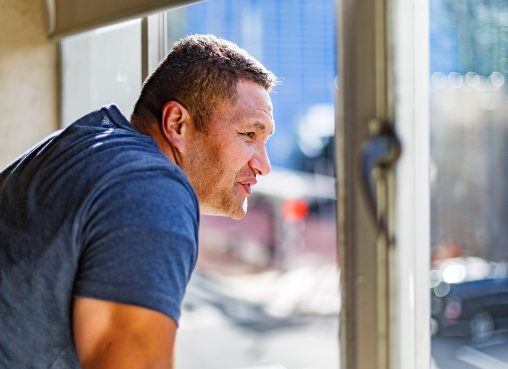Is laser treatment painful?
Most people who have macula treatment do not experience pain. If you need treatment to the peripheral retina, this may cause mild pain and a dull ache for a few hours following treatment. The ophthalmologist (eye specialist) will talk with you about what can be done to minimise this as much as possible.
Does laser treatment cause blindness?
No. If your diagnosis is too late, then the damage has already occurred. In these cases, laser treatment may still be offered in an attempt to retain some sight.
Like most treatments, laser treatment can have complications. In some advanced proliferative cases, bleeding into the vitreous may occur and/or retinal detachment. However, such complications would have occurred without treatment. It still means your eye is in a better state if you need surgery to remove blood from inside your eye and re-attach the retina.
Ask your eye doctor what the risks and benefits of all treatment options are for you.
How soon will I notice the benefits of laser treatment?
Laser is extremely effective in most people, but benefits may not occur for some months. Vision may improve for a long time as the retinopathy stabilises.
After laser treatment is finished, will it need to be repeated each year?
If you have macular disease, treatment may need to be repeated if the disease remains active and recurs in new areas of the macula.
If you have proliferative disease, further treatment is rarely needed once all the abnormal blood vessels have gone.






